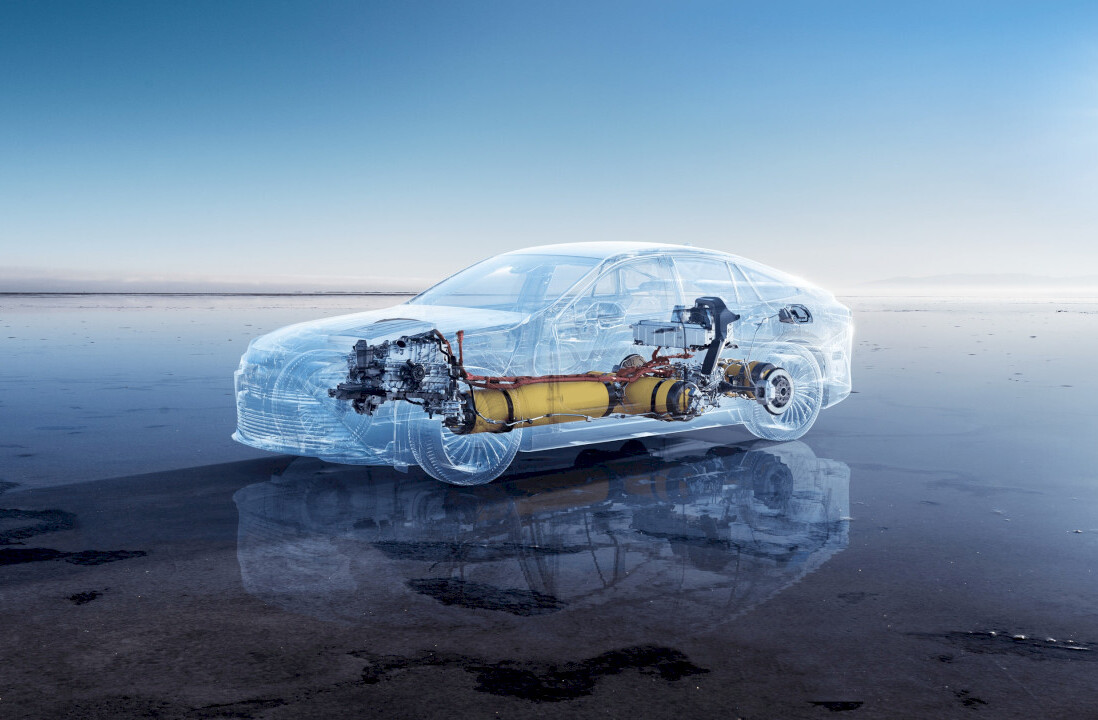
There are many great use cases of hydrogen fuel cells powering vehicles like trucks, buses, ships, trains, aircraft, and to a lesser extent, cars.
While hydrogen is a green substance in action — much like green electricity — it’s sourcing historically isn’t. In 2020, 96% of the hydrogen used was produced based on fossil energy sources. But now, a German company has found a way to convert waste into usable green hydrogen that can generate power.
Remind me how you make hydrogen?
Energy providers most commonly extract hydrogen from water using heat and chemical reactions. However, this is traditionally an energy-intensive process that, unless it includes the use of renewable energies, generates harmful greenhouse gas emissions.
But German energy storage company H2-Industries announced the construction of Egypt’s first waste-to-hydrogen facilities and the world’s first project of its type.
The company is developing a project to convert organic waste from the Suez Canal Economic Zone into usable hydrogen. This includes plastic, agricultural waste, and sewage sludge
The company will transfer this hydrogen into a “carrier fluid” to transport and use to fill storage tanks much like diesel, but without the respective carbon emissions.
Then, energy providers can use waste heat from the H2-Industries’ process to generate power with steam turbines and generators.
Amazing stuff.
Huge price drops for green hydrogen production
According to the company, the project targets a production capacity of 300,000 tonnes of green hydrogen per year. This means that the power plant can dispose of four million tonnes of municipal solid waste annually.
Importantly, one of the big wins for evolving green hydrogen is cost. Price is traditionally a massive barrier in advancing green hydrogen innovation.
The Suez Canal Project will produce green hydrogen at half the cost of current production technologies, taking the cost even lower than current levels for low-carbon and grey hydrogen production.
Furthermore, the CO2 emissions captured in the processing could create low-cost synthetic diesel (eDiesel) or sustainable aviation fuel (SAF).

It’s fair to say that green hydrogeninnovation is concentrated currently in research and development than in commercial use cases.
But a project of this scale makes commercial viability closer to reality. Hopefully, other stakeholders in the space can use the project findings to drive their own sustainable green hydrogen projects further.
Without this (and the necessary hydrogen refueling stations), we’ll never get beyond research to real use cases.
Get the TNW newsletter
Get the most important tech news in your inbox each week.




